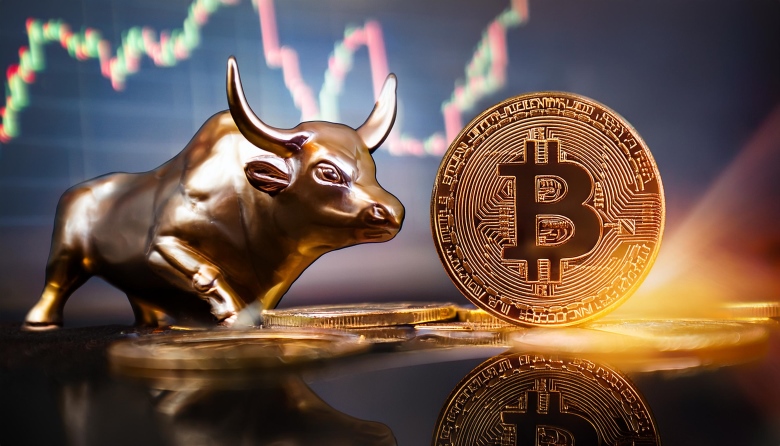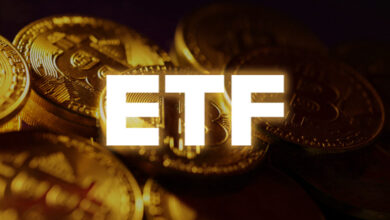FED Rate Cut Sparks Bitcoin Bull Market After Sluggish Post-Halving Period

Bitcoin has surged past $61,000 following the U.S. Federal Reserve’s recent decision to cut interest rates by 50 basis points. While Bitcoin experienced an initial boost after U.S. Bitcoin ETFs were approved in January 2024, the expected price rally around the April halving was underwhelming. However, the recent rate cut is now reigniting the market, pushing Bitcoin back into a bullish phase.
Bitcoin ETF Approval and Post-Halving Performance
In January 2024, the approval of U.S. Bitcoin ETFs attracted significant institutional interest, pushing Bitcoin to an all-time high of over $73,000. Many anticipated that Bitcoin’s fourth halving in April 2024—where the mining reward dropped from 6.25 BTC to 3.125 BTC—would push prices even higher. Historically, halvings have triggered price rallies within six months to a year. However, the April halving did not lead to the explosive growth that many expected. The market entered a consolidation phase, with Bitcoin trading between $55,000 and $60,000 for several months.
FED Rate Cut: The Real Catalyst for the Bull Market
The real market driver came with the Federal Reserve’s decision to reduce interest rates by 50 basis points. Lower interest rates typically encourage investment in higher-risk assets like Bitcoin, as traditional safe havens such as bonds and savings accounts become less attractive. This monetary policy shift has revitalized investor confidence, pushing Bitcoin back above $61,000. The reduced cost of borrowing and increased liquidity has been key factors in stimulating this renewed market activity.
Correlation with Traditional Markets
The recent developments in the Bitcoin market are closely tied to broader movements in traditional financial markets. Historically, when interest rates are low, risk-on assets like equities and cryptocurrencies tend to perform well. This is because investors seek higher returns in alternative markets when yields on government bonds and savings accounts drop. The current situation reflects this trend, as both Bitcoin and stock markets have reacted positively to the FED’s rate cut.
However, Bitcoin’s price movement also demonstrates its increasing maturity as an asset class. While Bitcoin has historically been more volatile, its recent performance suggests that it may be evolving into a more stable asset with a stronger correlation to macroeconomic factors. This growing alignment between traditional and crypto markets shows that Bitcoin is becoming an integral part of broader investment strategies, particularly as institutional participation increases through vehicles like ETFs.
What Lies Ahead for Bitcoin
The combination of the FED’s rate cut and sustained institutional interest through ETFs is positioning Bitcoin for a potential new all-time high. After a period of consolidation post-halving, Bitcoin’s recent price surge suggests that the market has found fresh momentum. Analysts are closely watching to see if Bitcoin can push past key resistance levels, with price targets of $80,000 and beyond being speculated.
As the market continues to adjust to the new monetary landscape, Bitcoin’s correlation with traditional financial assets could lead to further volatility. However, the long-term outlook remains positive, as lower interest rates typically fuel sustained growth in both traditional and digital markets.





